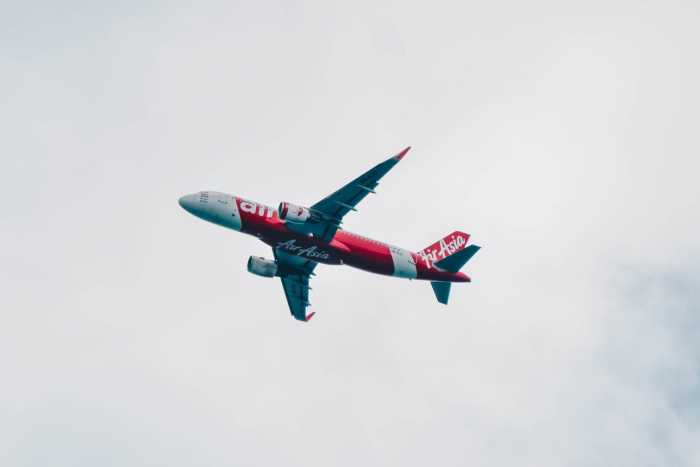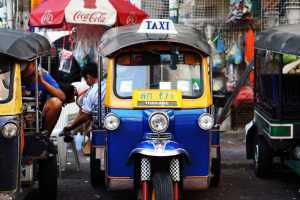
B787 Dreamliner Fights for Phuket
7th Feb 2011

New York to Phuket direct. St. Petersburg in Russia to Phuket direct. These hitherto unheard of flights will become a distinct possibility when the Boeing 787 'Dreamliner' finally starts commercial service (it is two years behind entering commercial service).
This is an aircraft simply made for a destination like Phuket. And it is a distinct possibility that we will see it landing at Phuket International Airport. Eight airlines already servicing Phuket have either ordered or made a commitment to the aircraft made, of composite materials that reduce fuel consumption by 20 percent, thus pushing fast, long haul aviation to a new dimension.
Aeroflot, Air Berlin, China Eastern Airlines, China Southern Airlines, Hainan Airlines (China) Korean Air, Qatar Airways and TUI Travel, which all fly here, have placed orders and Thai Airways International has made a commitment for eight of the aircraft, with a final decision still to be made.
Phuket International Airport could easily handle the B787. Its runway is 3000 metres (9843 feet) long. The B787 can land on runways as short as 1219 (3937 feet).
New York to Phuket is 14,500 km but the B787-8 version of the B787 has a maximum flight distance of 15,700 km. St Petersburg in Russia is 16,000 km within the B787-9 larger version's capability of 16,300 km.
This type of service through airlines like Aeroflot, which already flies the 7450 km route from Moscow, bringing in increasingly large numbers of Russian tourists, can only be positive for Phuket's future. Russians must be keen to come here. At present the shortest flight time is 29 hours from Moscow via Vienna.
For Australians, who prop up Phuket during the low season, a 7020 km flight from Melbourne on the B787 would be a doddle.
The aircraft can carry up to 240 passengers at Mach 0.85 with three classes and 296 seats in a high density economy class arrangement. This would suit a Phuket service as most of the tourists here travel economy class.
And what new age comfort they would be travelling in. The B787 is packed with new innovations for enhanced passenger comfort.
The cabin windows are larger than any other civil airliners in services at 27 cm by 47 cm and at a higher level so passengers can maintain a view of the horizon. Auto-dimming 'smart glass' instead of window shades reduces cabin glare while maintain transparency. An LED light makes the cabin bulbless with 128 colour combinations.
Higher humidity in the cabin and an advanced cabin air conditioning system provides better air quality. Filters to remove bacteria, viruses and fungi will be in operation. Internal pressure will be increased to the equivalent of 1800 metres (6000 feet) altitude instead of the usual 2400 metres (8400 feet) which will improve passenger comfort.
It's not all beer and skittles in the sky, however. The aircraft's introduction has been delayed for more than two years despite taking in a record 847 in advance orders. There are questions whether the carbon fuselage will show cracks and fatigue, will shatter and burn toxic fumes in a crash and the long term effects on the fuselage of its ability to absorb moisture.
But whatever the doubts, aircraft like the B787 and the Airbus equivalent the A350 (due 2013) are needed. It is estimated that airlines will need 30,000 new passenger and freighter jets worth USD$3.6 trillion by 2029 to meet an increase in global traffic, led by the Asian region.









